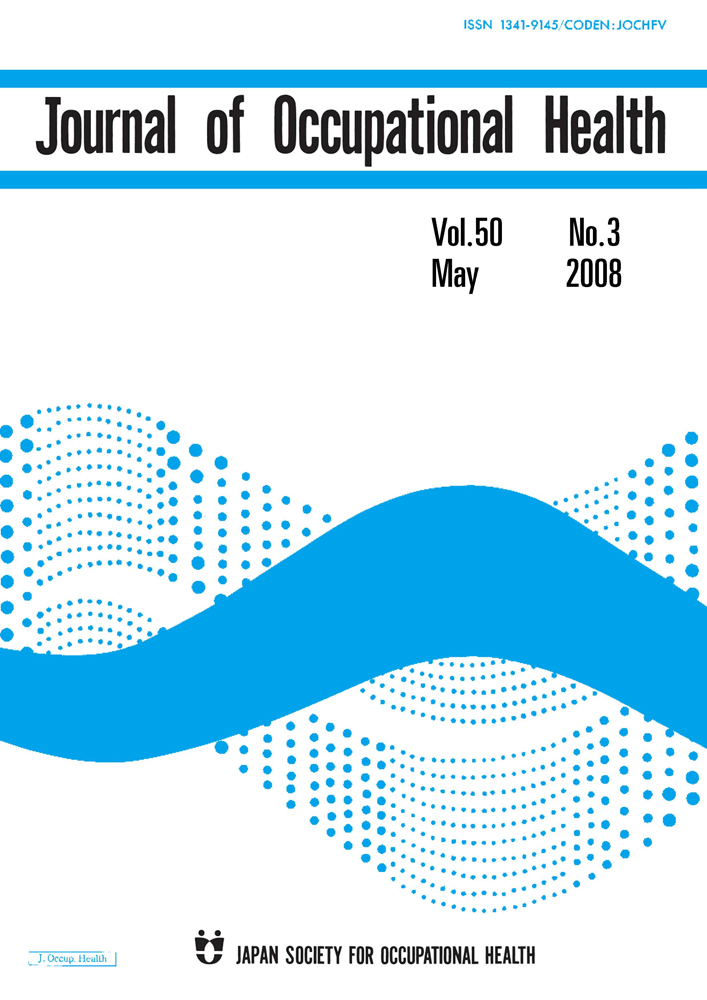Stability in Urine of Authentic Phenylglyoxylic and Mandelic Acids as Urinary Markers of Occupational Exposure to Styrene
Abstract
Stability in Urine of Authentic Phenylglyoxylic and Mandelic Acids as Urinary Markers of Occupational Exposure to Styrene: Yoko Eitaki, et al. Osaka Occupational Health Service Center, Japan Industrial Safety and Health Association—Phenylglyoxylic acid (PhGA) and mandelic acid (MA) are two popular urinary markers of occupational exposure to styrene, but PhGA has been considered to be relatively unstable when urine samples are stored. This study was initiated to examine the stability of PhGA in urine under two storage conditions, i.e., at room temperature (at 25°C) and in refrigeration (at 4°C) for up to 14 days. The experiments showed that no substantial decrease was observed in either PhGA or MA even at room temperature within one day, but, depending on urine samples, a gradual decrease in PhGA took place both at 4°C and more markedly at 25°C when kept for a week. Further reduction was observed in two weeks even at 4°C. No reduction was observed in MA up to two weeks both at 4°C and at 25°C. The observation on stability of MA and limited stability of PhGA (i.e., no significant decrease for 4 days when stored as refrigerated) was confirmed by a repeated experiment. Further analyses disclosed that PhGA when stored at 4°C tended to be more unstable when urine samples were alkaline (e.g., at pH 8) rather than acidic (e.g., at pH 6 or below), but the trend varied subject to individual samples. Thus, the practical recommendation is that urine samples should be analyzed on the day of collection if all possible, or kept at 4°C, or more preferably at –20°C. Refrigeration will allow storage of up to 4 days without substantial decrease in either PhGA or MA.




